Comprehension from CENGAGE PHYSICS (ENGLISH) Chapter 9 ELECTRIC POTENTIAL for Class 12
| Class 12 | PHYSICS |
| Chapter | ELECTRIC POTENTIAL |
| CENGAGE PHYSICS (ENGLISH) | Comprehension |
| Medium | English |
| Academic Year | 2023-2024 |
Question 3
A small metal sphere, carrying a net charge q1=−2μC, is held in a stationary position by insulating supports. A second small metal sphere, with a net charge of q2=−8μC and mass 1.50g, is projected toward q1. When the two spheres are 0.800m apart, q2 is moving toward q1 with speed 20ms−1 as shown in (Fig. 3.151). Assume that the two spheres can be treated as point charges. You can ignore the force of gravity.
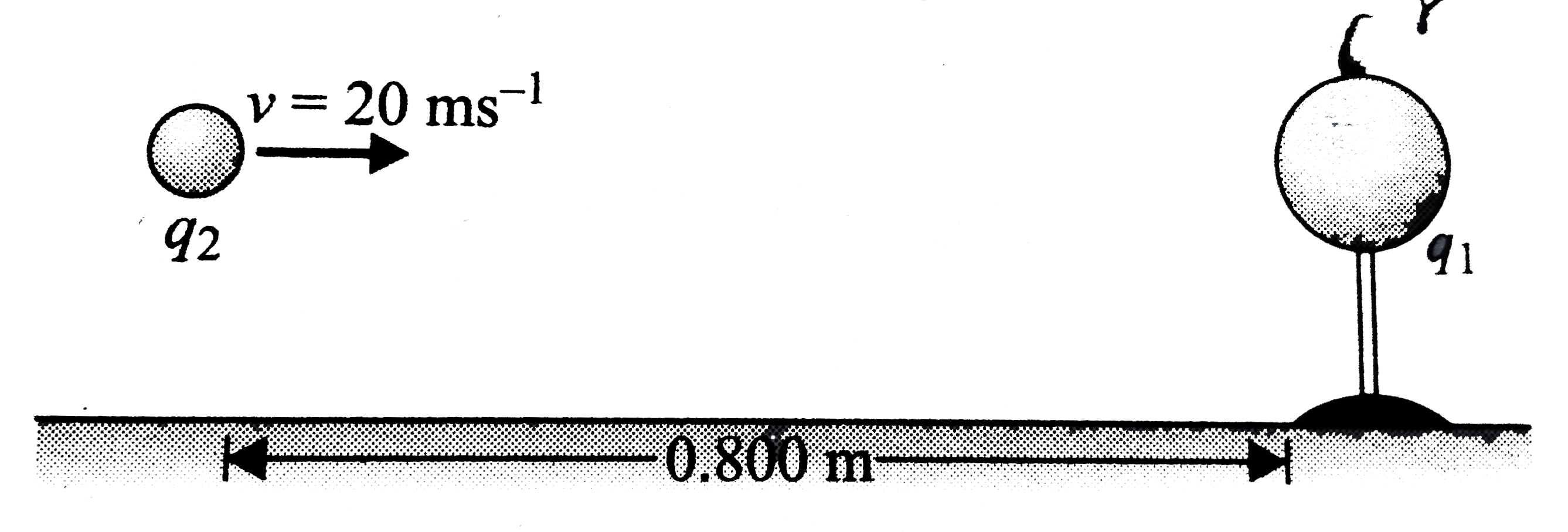 .
.
The speed of q2 when the spheres are 0.400m apart is.View SolutionQuestion 4
A small metal sphere, carrying a net charge q1=−2μC, is held in a stationary position by insulating supports. A second small metal sphere, with a net charge of q2=−8μC and mass 1.50g, is projected toward q1. When the two spheres are 0.800m apart, q2 is moving toward q1 with speed 20ms−1 as shown in (Fig. 3.151). Assume that the two spheres can be treated as point charges. You can ignore the force of gravity.
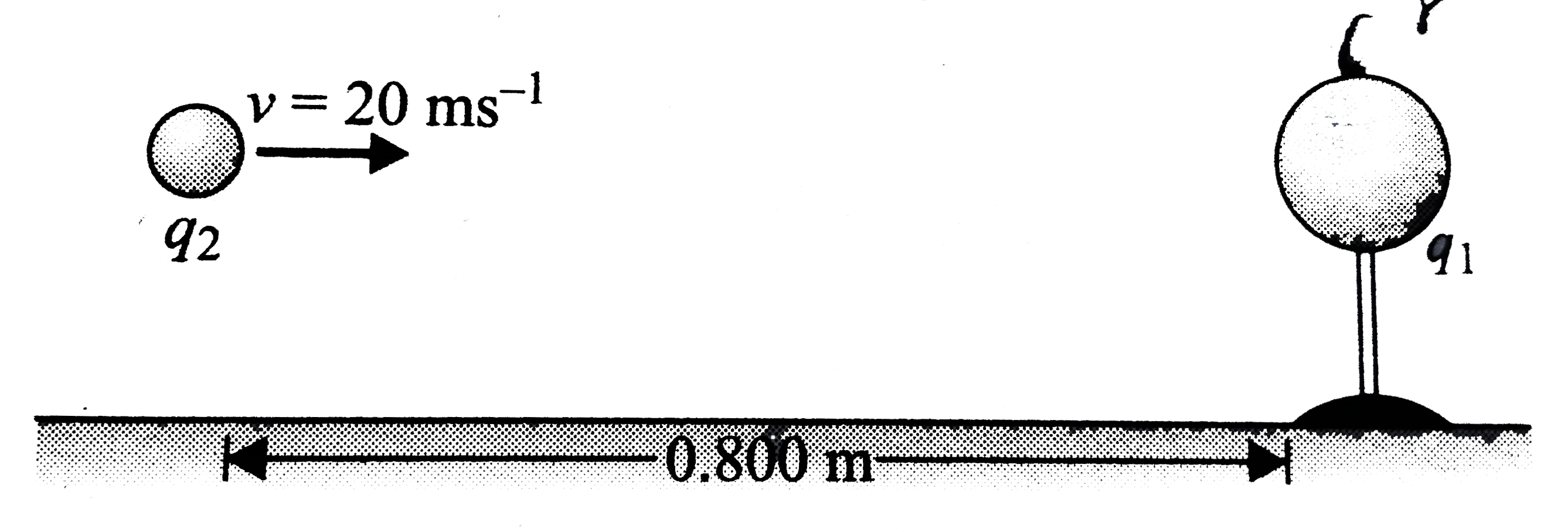 .
.
How close does q2 get to q1 ?View SolutionQuestion 16
The electric potential varies in space according to the relation V=3x+4y. A particle of mass 10 kg starts from rest from point (2,3.2) m under the influence of this field. Find the velocityr,f the particle when it crosses the x-axis. The charge on the particle is +1μC. Assume V (x, y)are in SI units. View SolutionQuestion 17
The electric potential varies in space according to the relation V=3x+4y. A particle of mass 10 kg starts from rest from point (2,3.2) m under the influence of this field. Find the velocityr,f the particle when it crosses the x-axis. The charge on the particle is +1μC. Assume V (x, y)are in SI units. View SolutionQuestion 18
The electric potential varies in space according to the relation V=3x+4y. A particle of mass 10 kg starts from rest from point (2,3.2) m under the influence of this field. Find the velocityr,f the particle when it crosses the x-axis. The charge on the particle is +1μC. Assume V (x, y)are in SI units. View SolutionQuestion 19
The electric potential varies in space according to the relation V=3x+4y. A particle of mass 10 kg starts from rest from point (2,3.2) m under the influence of this field. Find the velocityr,f the particle when it crosses the x-axis. The charge on the particle is +1μC. Assume V (x, y)are in SI units. View SolutionQuestion 20
Three concentric spherical metallic shells A,B,andC of radii a,b,andc(a<b<c) have surface charge densities σ,−σ and σ, respectively.
If VA,VB and VC are potential of shells A, B and C, respectively, match the columns
Column AColumn Ba.VAi.σε0[a2−b2+c2c]b.VBii.σ2ε0[a2b−b+c]c.VCiii.σε0[a−b+c]View SolutionQuestion 21
Three concentric spherical metallic shells A, B and C of radii a, b and c (a < b < c) have surface charge densities σ, −σ and σ respectively.
(i) Find the potential of the three shells A, B and C.
(ii) If the shells A and C are at the same potential, obtain the relation between the radii a, b and c.View SolutionQuestion 22
We have an isolated conducting spherical shell of radius 10cm. Some positive charge is given to it so that the resulting electric field has a maximum intensity of 1.8×106NC−1. The same amount of negative charge is given to another isolated conducting spherical shell of radius 20cm. Now, the first shell is placed inside the second so that both are concentric as shown in (Fig. 3.154).
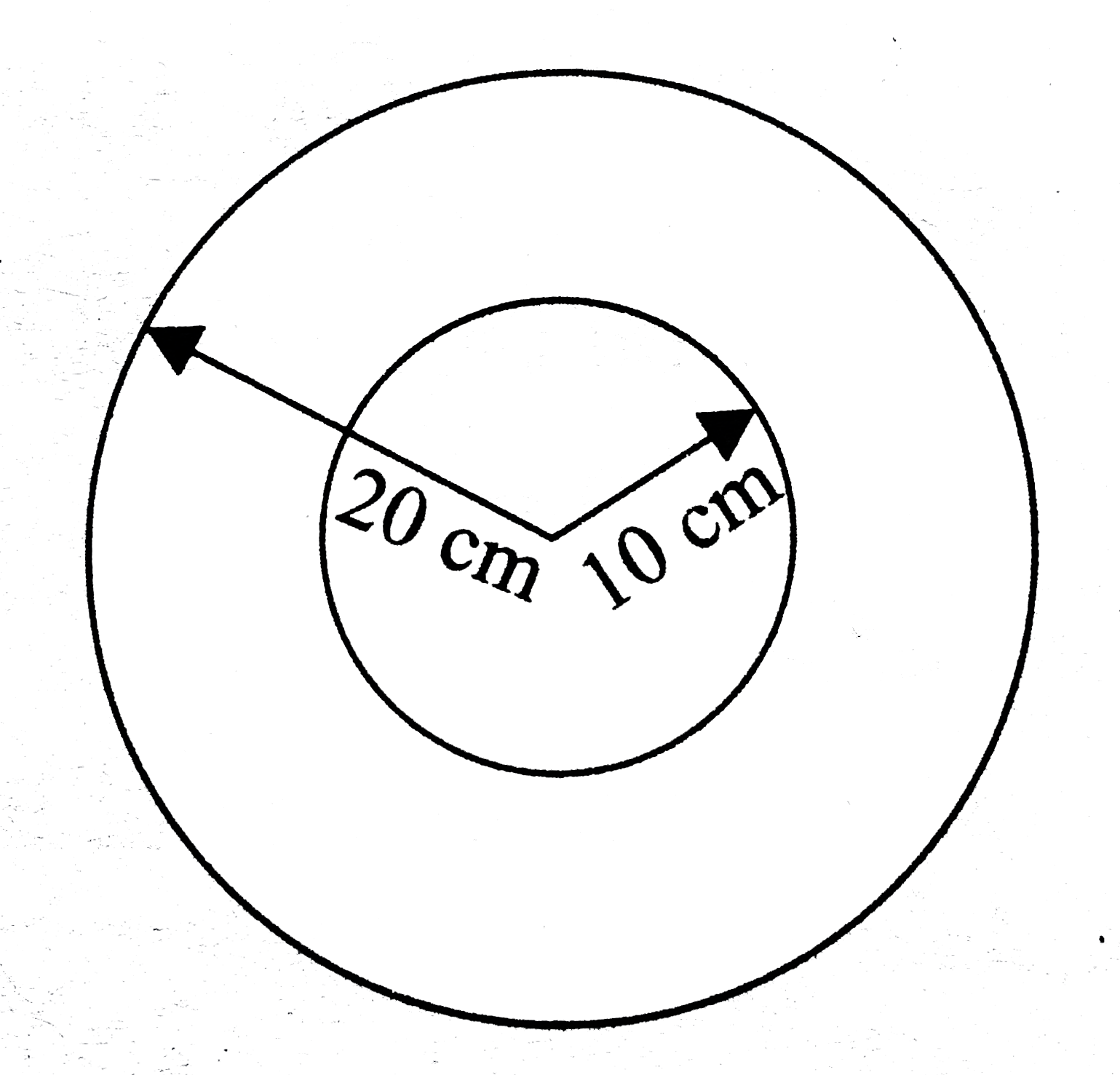 .
.
The electric potential at any point inside the first shell is.View SolutionQuestion 23
We have an isolated conducting spherical shell of radius 10cm. Some positive charge is given to it so that the resulting electric field has a maximum intensity of 1.8×106NC−1. The same amount of negative charge is given to another isolated conducting spherical shell of radius 20cm. Now, the first shell is placed inside the second so that both are concentric as shown in (Fig. 3.154).
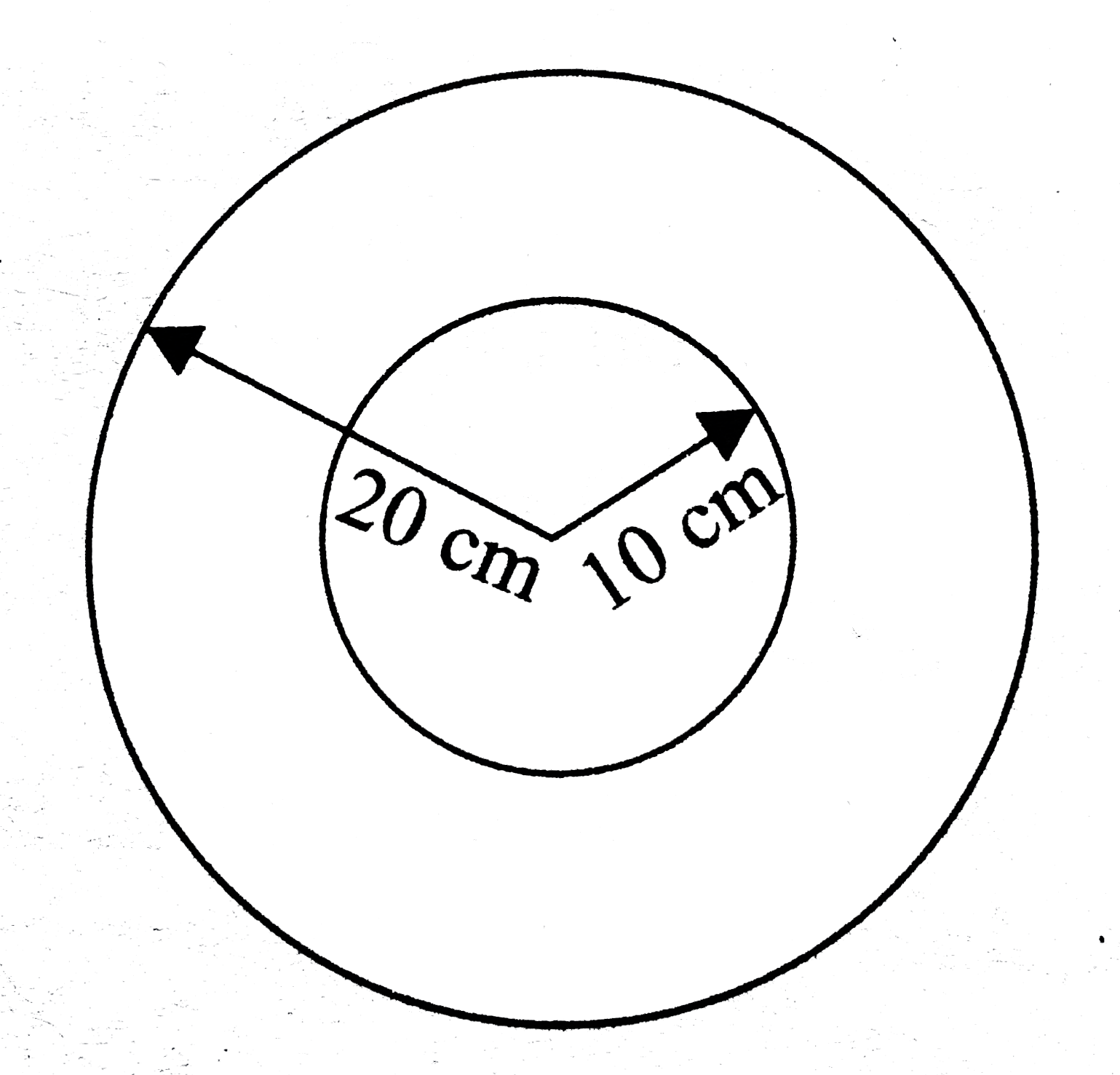 .
.
The electric field intensity just inside the outer sphere.View SolutionQuestion 24
We have an isolated conducting spherical shell of radius 10cm. Some positive charge is given to it so that the resulting electric field has a maximum intensity of 1.8×106NC−1. The same amount of negative charge is given to another isolated conducting spherical shell of radius 20cm. Now, the first shell is placed inside the second so that both are concentric as shown in (Fig. 3.154).
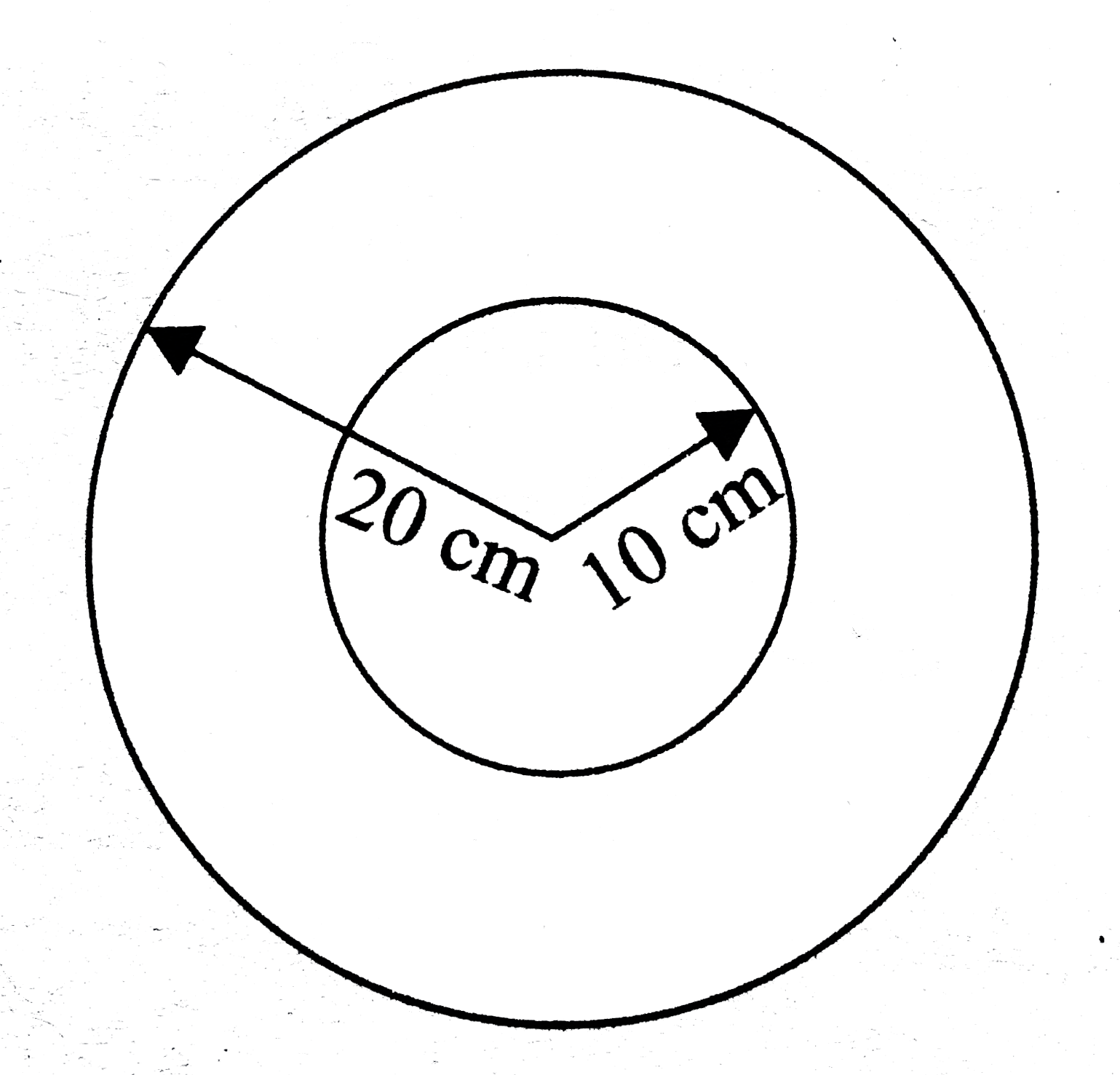 .
.
The electrostatic energy stored in the system is.View SolutionQuestion 25
We have an isolated conducting spherical shell of radius 10cm. Some positive charge is given to it so that the resulting electric field has a maximum intensity of 1.8×106NC−1. The same amount of negative charge is given to another isolated conducting spherical shell of radius 20cm. Now, the first shell is placed inside the second so that both are concentric as shown in (Fig. 3.154).
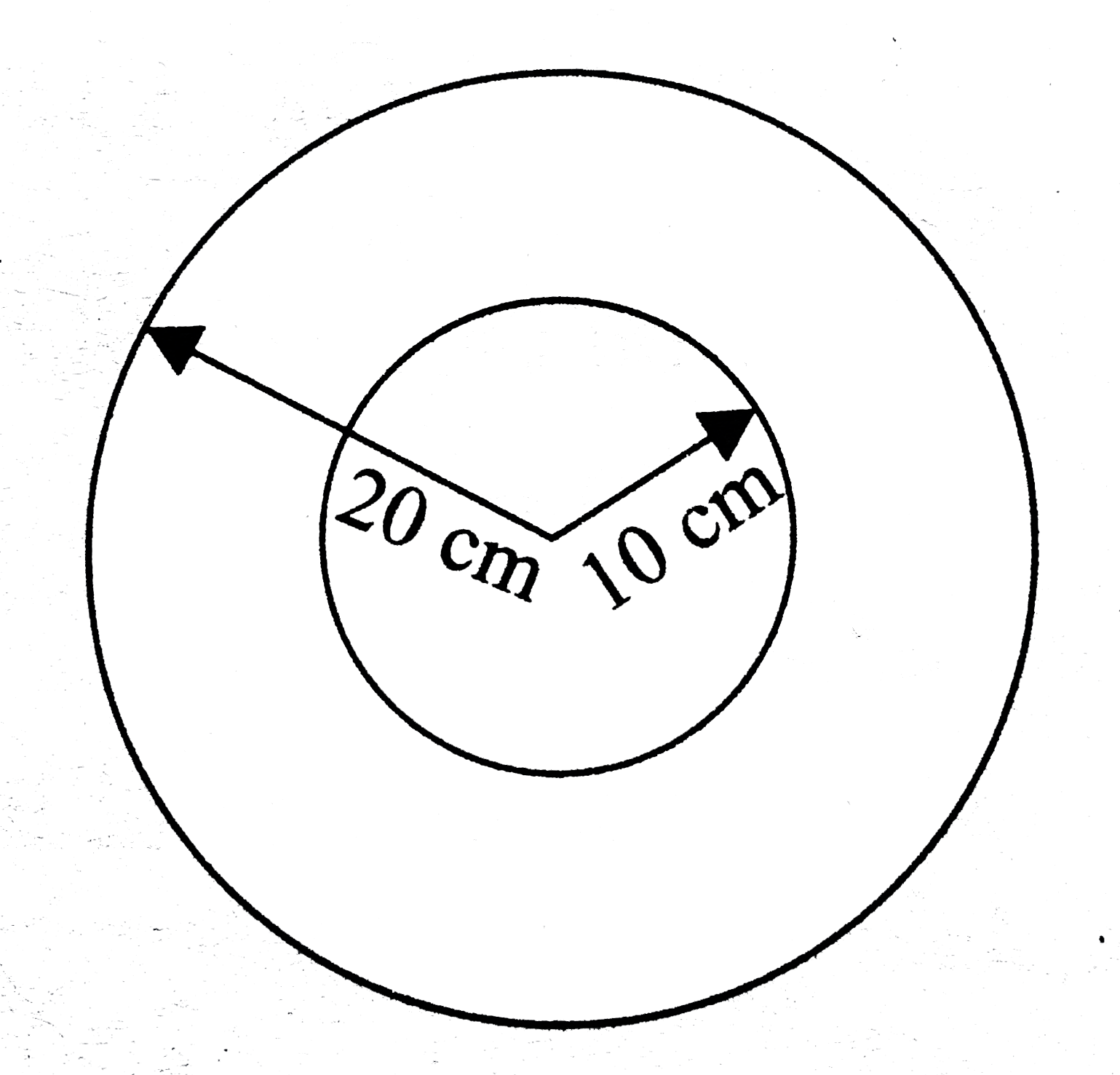 .
.
If both the spheres are connected by a conducting wire, then.View SolutionQuestion 29
An uniform electric field of strength E exists in a region. An electron of mass m enters a point A perpendicular to x - axis with velocity V. It moves through the electric field and exists at point B. The components of velocity at B are shown in (Fig. 3.156). At B the y - component of velocity remain uncharged.
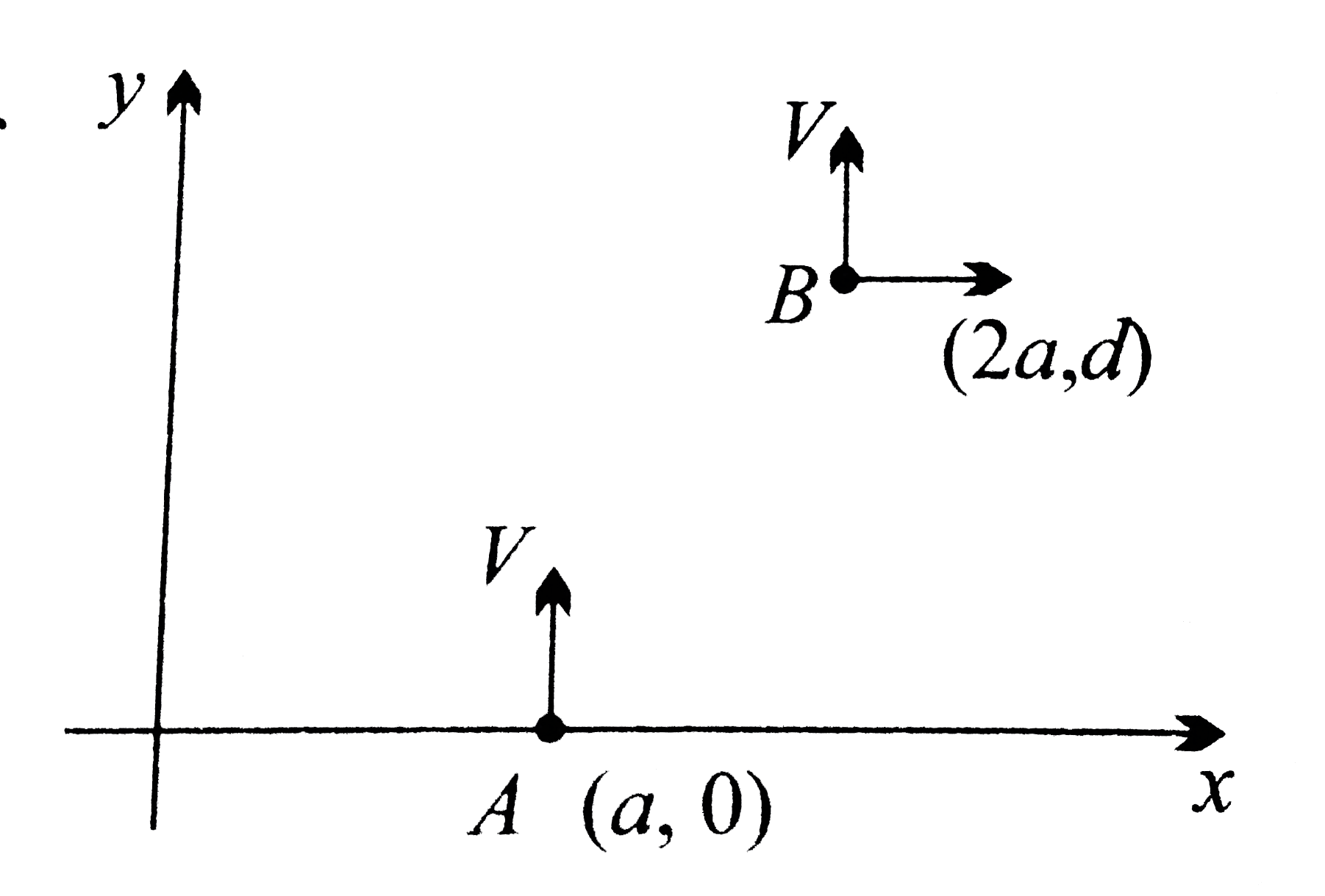 .
.
Find electric field. View SolutionQuestion 30
An uniform electric field of strength E exists in a region. An electron of mass m enters a point A perpendicular to x - axis with velocity V. It moves through the electric field and exists at point B. The components of velocity at B are shown in (Fig. 3.156). At B the y - component of velocity remain uncharged.
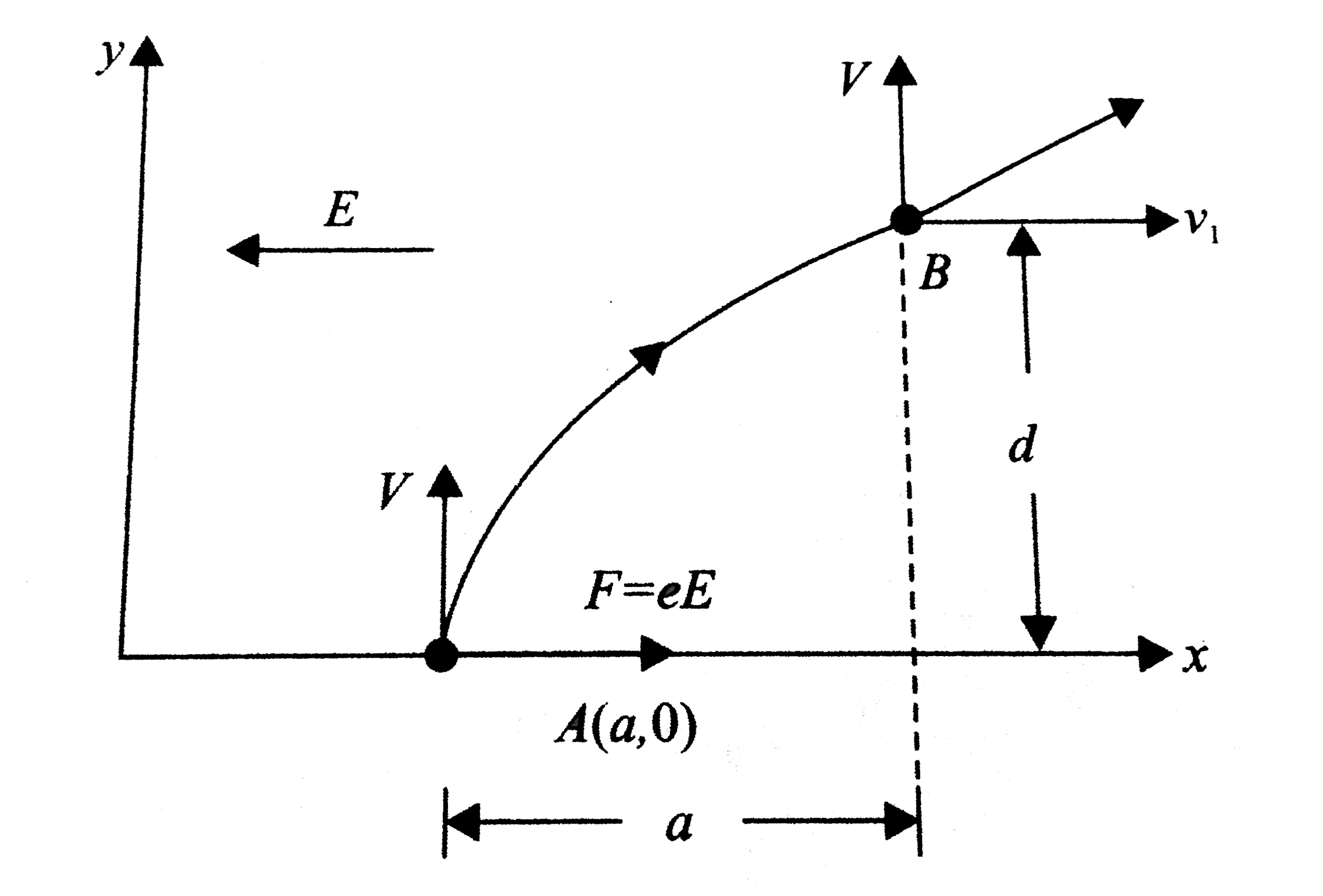 .
.
Find velocity at B. View SolutionQuestion 31
An uniform electric field of strength E exists in a region. An electron of mass m enters a point A perpendicular to x - axis with velocity V. It moves through the electric field and exists at point B. The components of velocity at B are shown in (Fig. 3.156). At B the y - component of velocity remain uncharged.
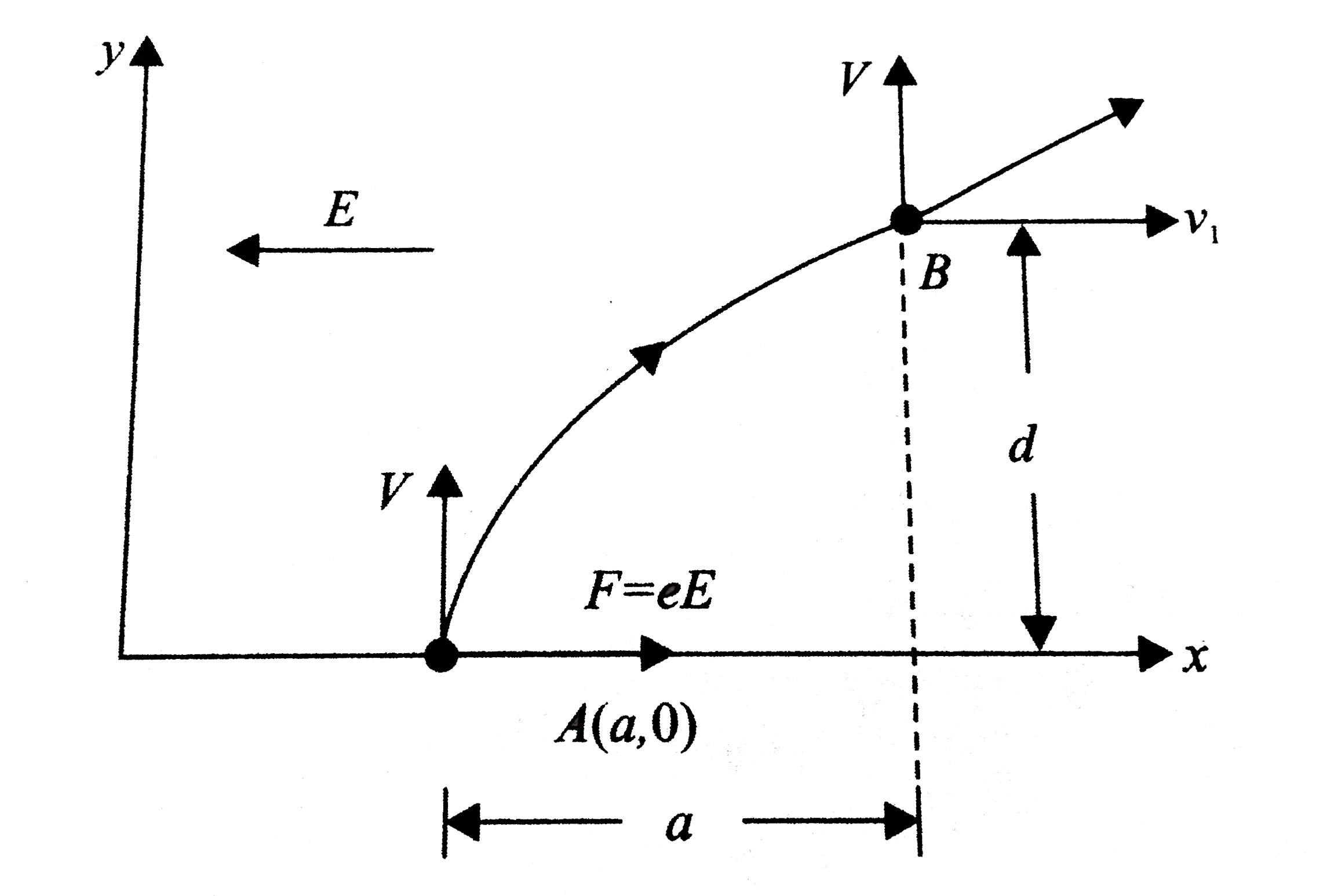
Find the rate of work done by the field at B. View Solution

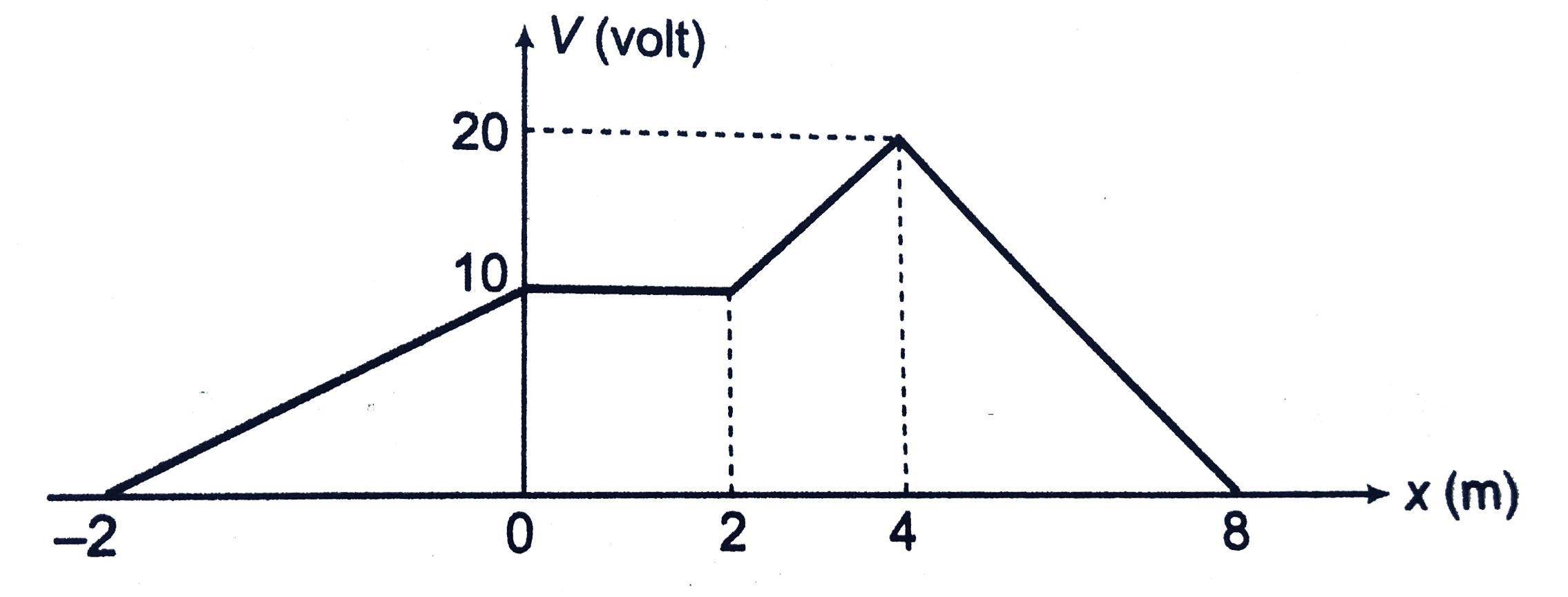 Draw the graph of electric field strength.
Draw the graph of electric field strength. 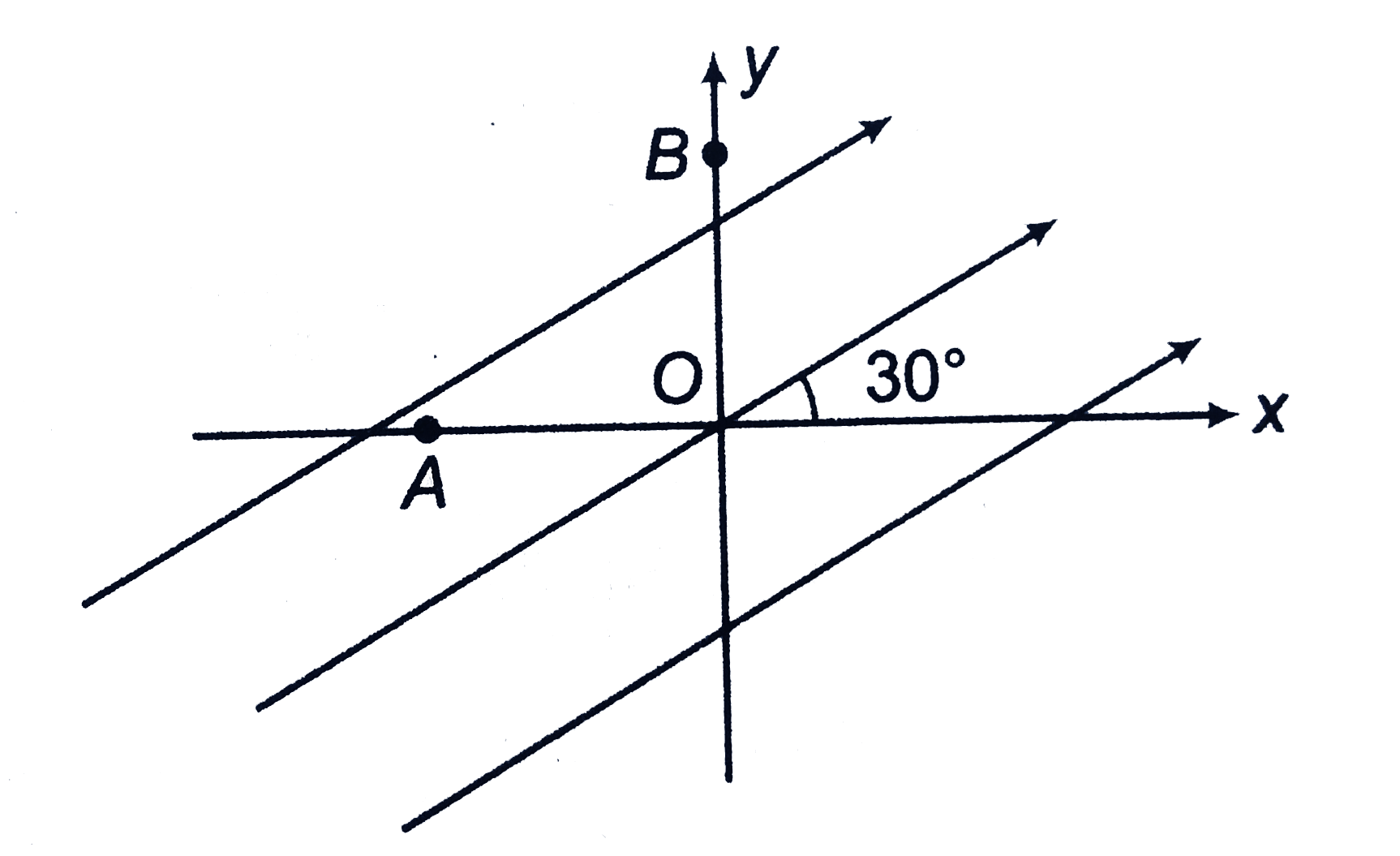
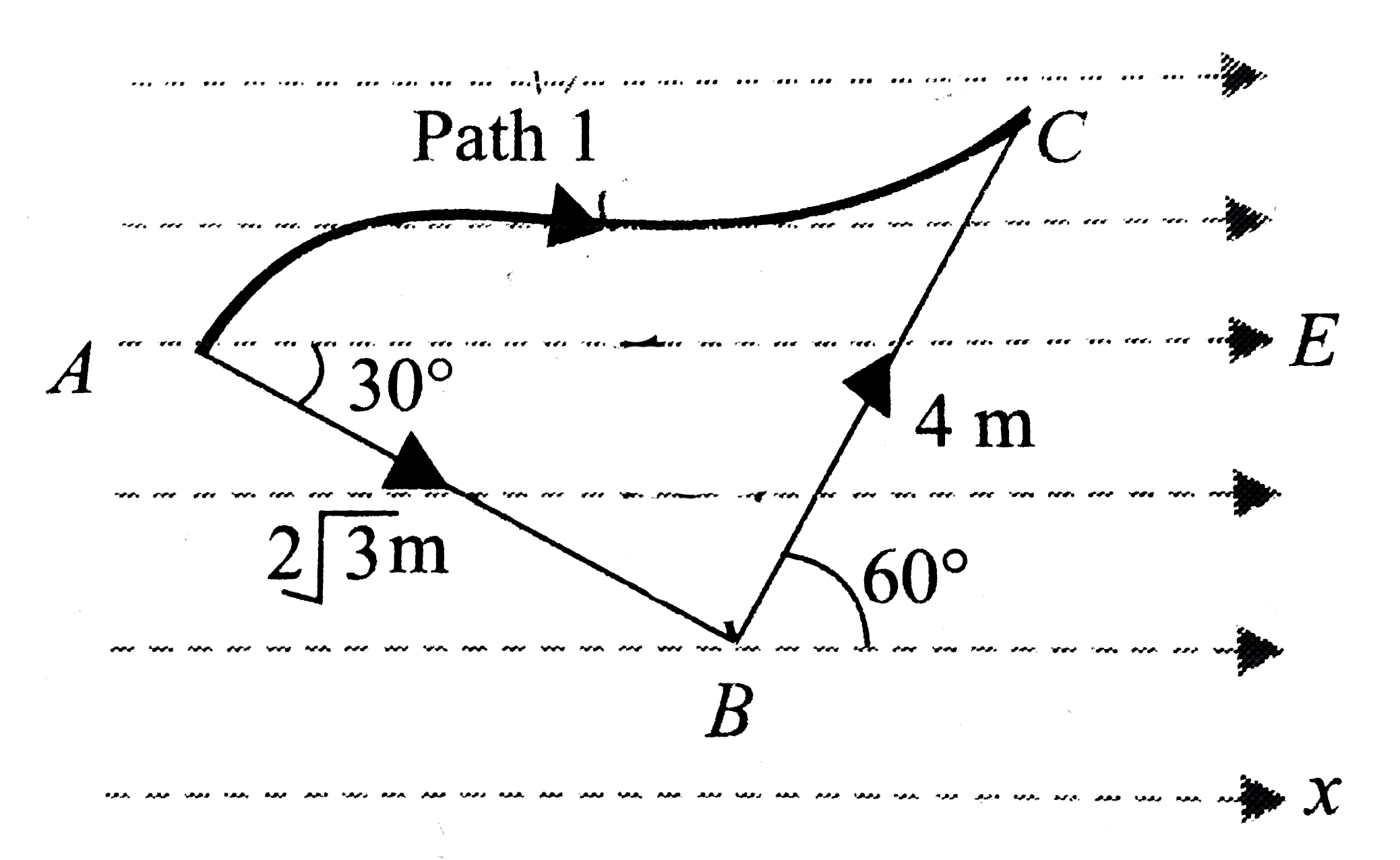 .
. 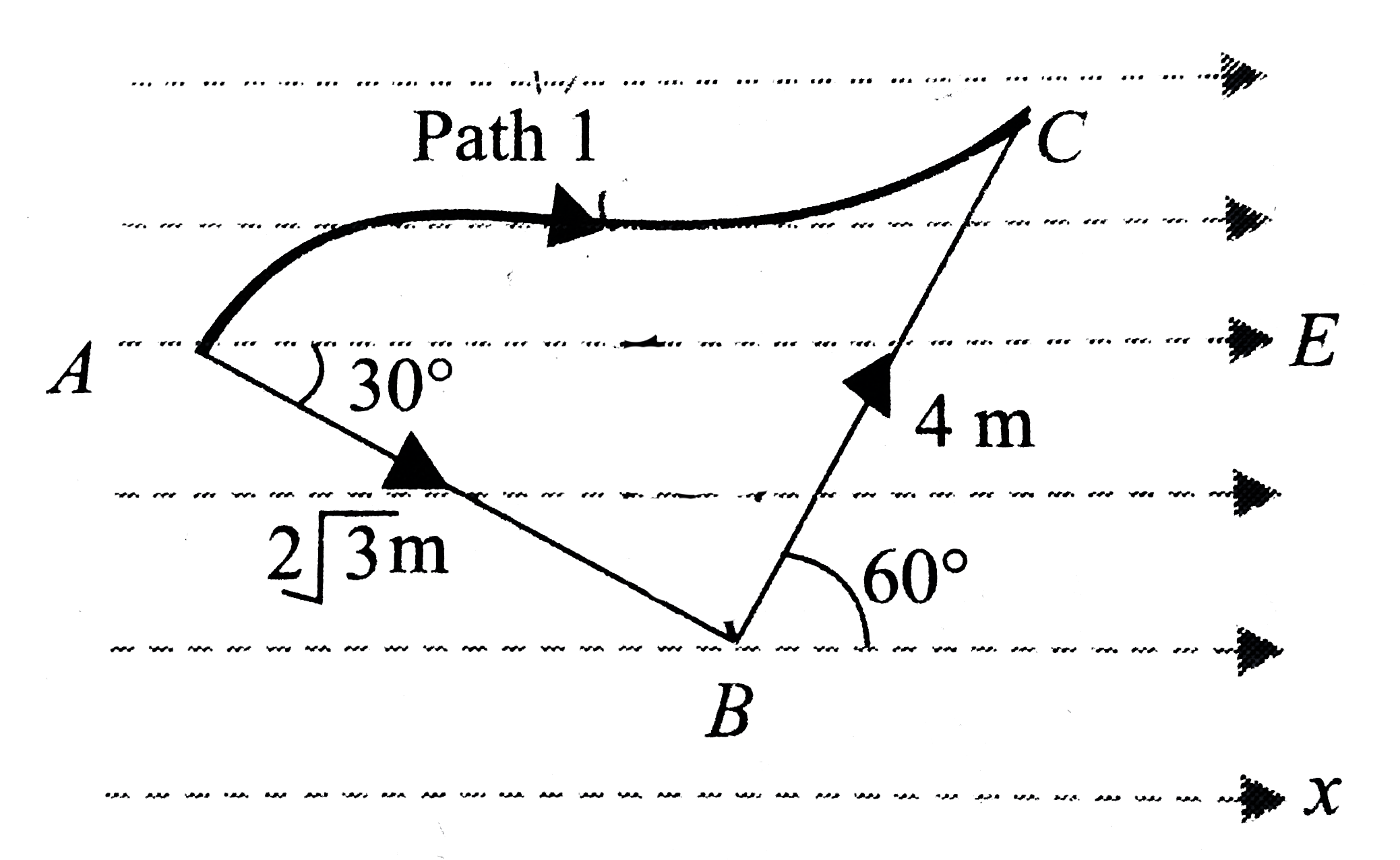 .
. 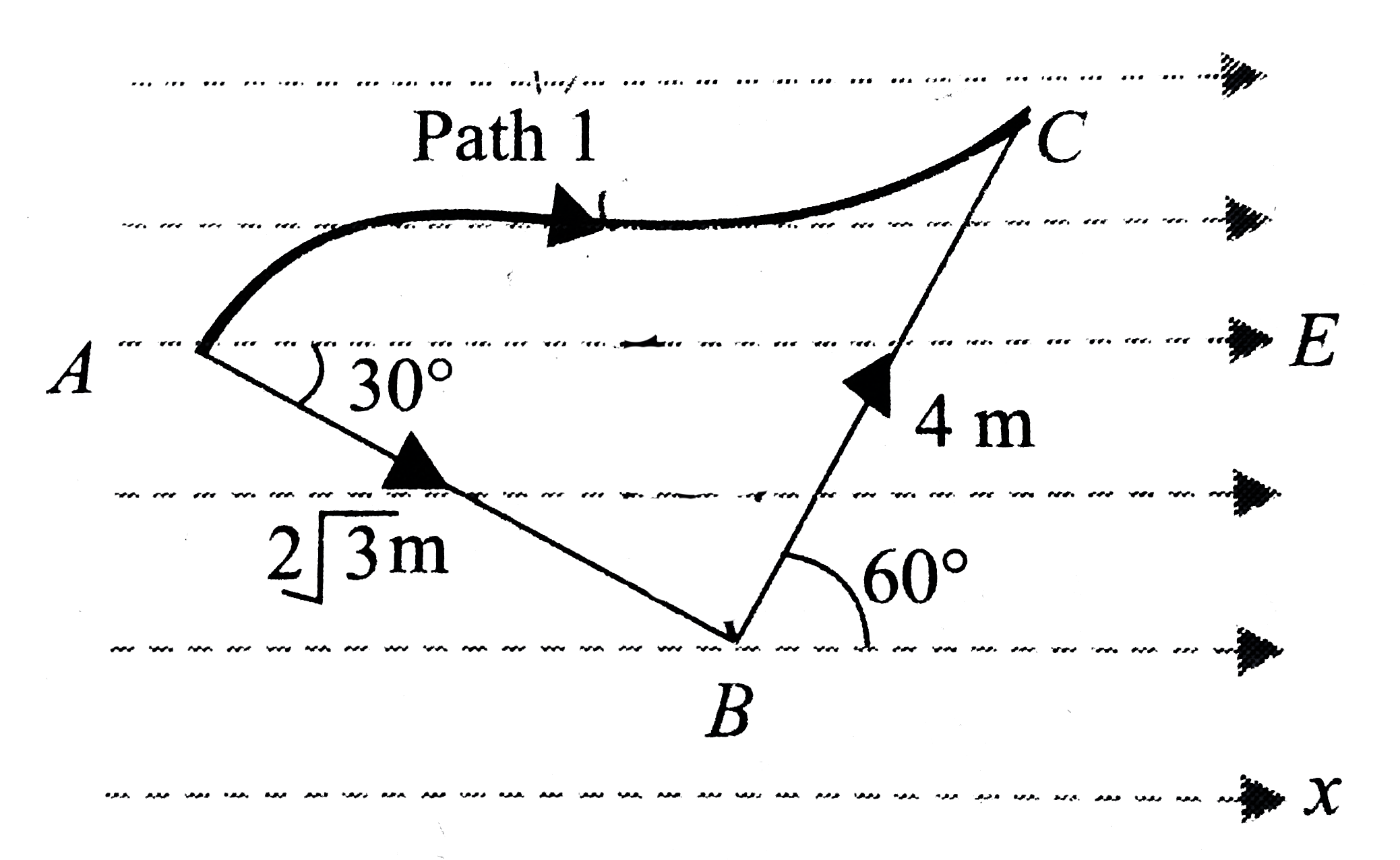 .
.